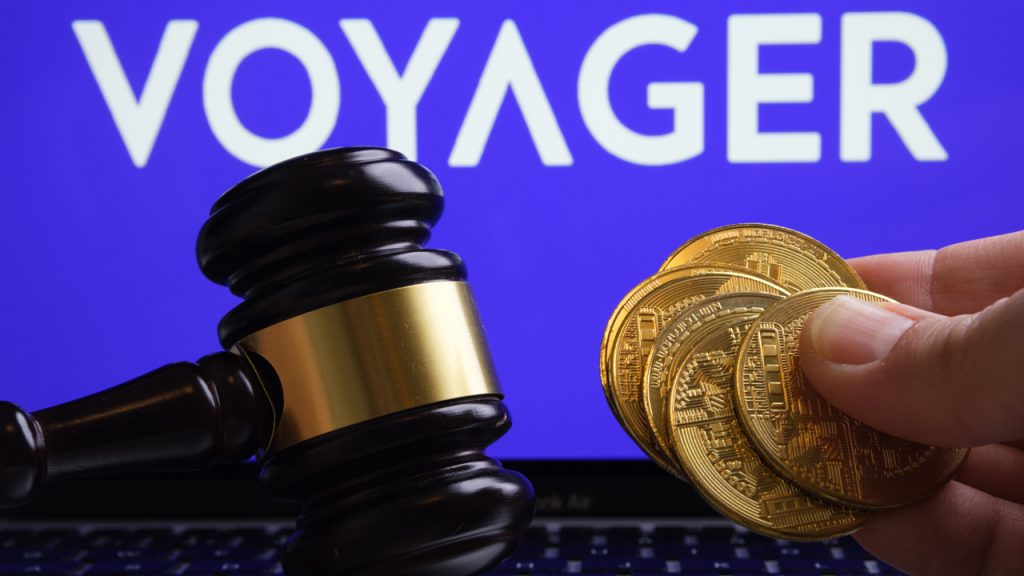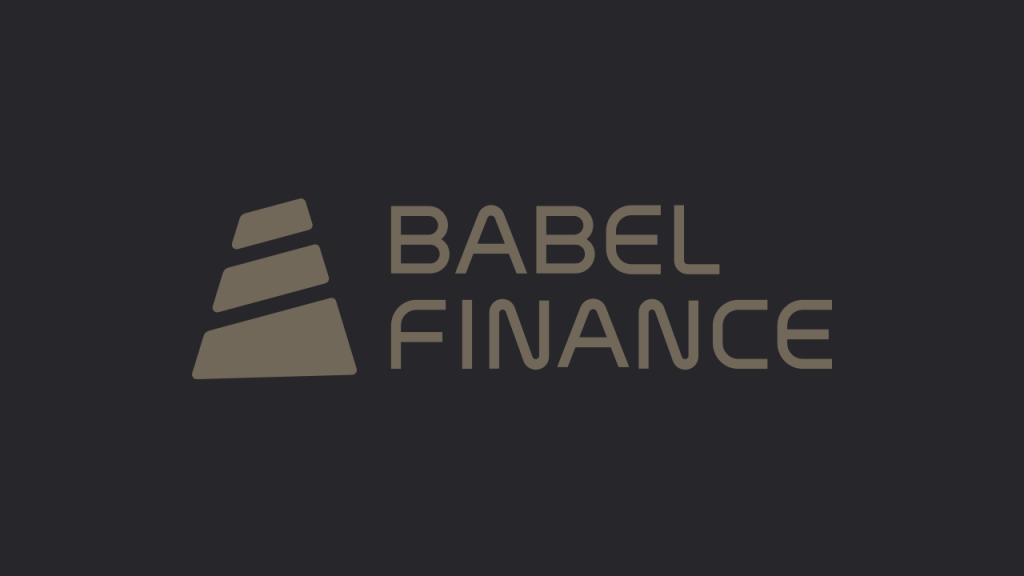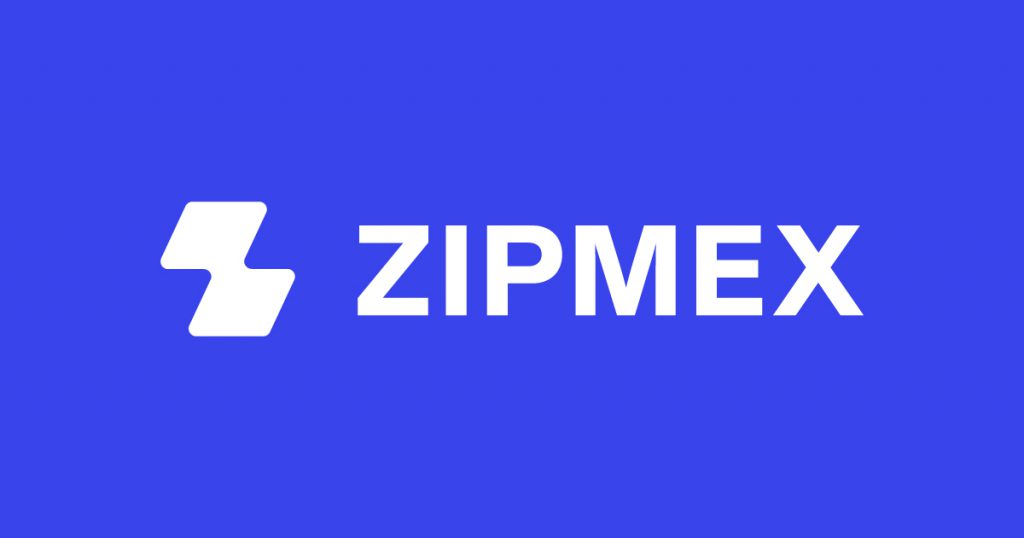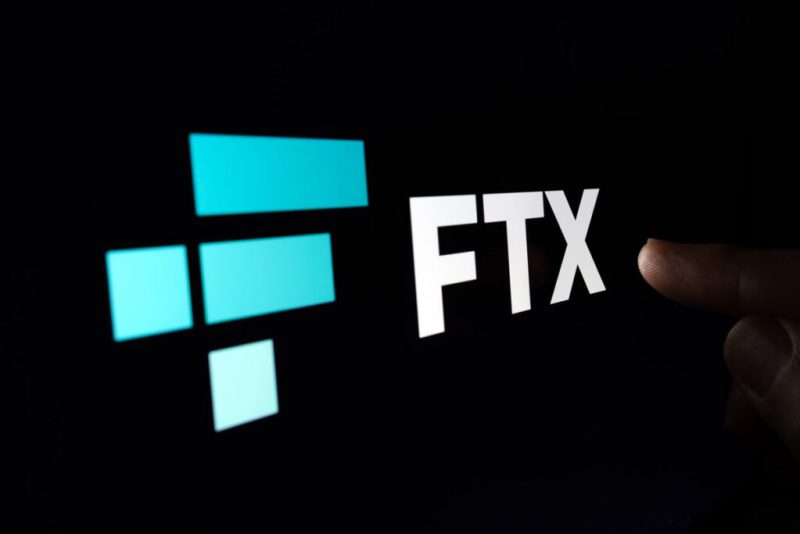This week saw Genesis officially file for Chapter 11 Bankruptcy, joining what seems like a long line of companies that faced a similar fate. As some of the biggest names in the industry went under this year, we look at the top cryptocurrency companies that went bankrupt in 2022-2023.
The FTX fraud was one of the biggest headlines of 2022, but that dominating story was just another domino in the treacherous crypto winter. The year was headlined with record-breaking investigations into cryptocurrency and subsequently saw 11 of the largest companies filling.
Terraform Labs


A Singapore-based company, Terraform Labs created the TerraUSD, a crypto pegged to the United States Dollar. Additionally, the company also created the token Luna and headlined one of the first big collapses- and scandals- of 2022.
In May, TerraUSD saw its price plummet, with a massive sell-off issuing, dropping the company value by $500 billion in two weeks. The Washington Post stated that Terra’s demise was the first in a chain reaction that saw Voyager Digital, and Celsius, plunge “into further turmoil.”
To make matters worse, the co-founder of Terraform Labs, Do Kwan, was issued a warrant for his arrest. South Korean prosecutors chased the founder across the globe for his role in manipulating the market. Perhaps, starting one of the earliest in a string of bad actors being uncovered over the last year.
Celsius Network


One of the first casualties of the TerraUSD crash, Celsius at one point had amassed over $20 billion in assets. Subsequently, they raised nearly $400 million in funding during the fall season of 2021, preceding their demise into bankruptcy.
Celsius had offered yields as high as 30% to customers who deposited digital coins, taking on the role of a bank. The greatest issue in the world of decentralized finance was the lack of regulation, leaving it not required to show it had the necessary assets to pay investors withdrawing their funds.
That led various local authorities in the U.S. to accuse Celsius of selling unregistered securities. Subsequently, after the TerraUSD fall forced CElsius to halt withdrawals, the company filed for bankruptcy in June, showing just how connected- and dependent- the industry truly was.
Voyager Digital/ Three Arrows Capital


Crypto lender Voyager Digital was yet another taken down by a chain of events led by Terra, but is also interconnected with Three Arrows Captial in its downfall. Voyager had worked alongside very large institutional investors, with Three Arrows being one of them. Specifically, the latter borrowed as much as $665 million from Voyager.
Three Arrows used those loans to make risky bets based on faith the industry would continue its upward trend. Yet, when TerraUSD fell, and Luna collapsed, the ripple effect throughout the industry made their investments turn south very quickly.


Three Arrows Capital filed for bankruptcy in July, defaulting on its loan to Voyager. Thereafter, the latter suspended withdrawals and fell to similar fat. The Washington Post reported Voyager had over 100,000 creditors, assets, and liabilities between $1 billion and $10 billion.
Core Scientific


It wasn’t simply crypto lenders or digital asset providers who were negatively affected by the crypto winter forged through these events. In December of 2022, Bitcoin mining firm Core Scientific filed for Chapter 11 Bankruptcy.
Macroeconomic factors, and these various company filings, had severely impacted hte price of Bitcoin through 2022. Eventually, the fall made Core Scientific no longer profitable, with the company reporting losses of $435 million in three months according to Milkroad.
The mining firm declared assets of $1.4 billion and a liability of $1.3 billion to creditors amounting to 1,000 to 5,000. Core Scientific had entered negotiations with creditors prior to bankruptcy hearings, through the prepackaged bankruptcy, owing most of its debt to institutional investors. Despite the filing, it is still mining Bitcoin and reportedly accounts for 10% of computing power on the Bitcoin Network.
BlockFi


November 2022 would eventually become one of the most interesting, and devastating, months of the year, and it started with BlockFi. The crypto bank faced collapse due to the market’s summer drop but was saved through FTX founder Sam Bankman-Fried (more on him later), and a $400 million bailout.
Yet, when FTX would eventually crash in November, its “significant exposure to FTX,” had rendered it defenseless to collapse. It was revealed that BlockFi had significant assets tied up to both Bankman-Fried’s collapsed exchange FTX, and hedge fund Alameda Research.
During its bankruptcy proceedings, the depths of BlockFi’s debt were uncovered. IT was liabilities exceeding $1 billion, including extenuating fines worth $50 million to the U.S. Securite sand Exchange Committee for the violation of various securities laws.
FTX


Of all of the bankruptcies that occurred in 2022, none where bigger than the collapse of FTX. It was noted as the first major crypto exchange platform to fall and had been perceived as a pillar of strength amidst the collapses that had preceded it.
During a January funding round, The Washington Post revealed the Sam Bankman-Fried exchange to be valued at $32 billion. All the while, he became a well-known face in the industry, providing political donations, and charming regulators for the benefit of his platform.
In November, reporters began to uncover the unmatched fraud scheme. that had been taking place at the exchange. As reports noted Bankman-Fried had been using his hedge fund, Alameda Research, to fund bets using customer funds without their consent. Set in motion through the plummeting native token, FTT, that had been so vital to continuing the ruse.
Bankman-Fried was arrested the following month, as his criminal proceedings are still underway.
Babel Finance


A Hong Kong-based crypto lender, Babel Finance was effect primarily by the bear market that developed a liquidity crunch. The company saw significant losses from unhedged positions in trading accounts. Ultimately, losing 8,000 BTC and 56,000 ETH. Ultimately accruing $280 million of customer funds lost.
Milkroad reports that it was the “inadequacy of risk management,” as the primary cause. of the company’s collapse. Conversely, the report notes Babel “intends to convert $150 million in creditor debt into convertible bonds to raise $300 million.”
Zipmex


A Thai crypto exchange, Zipmex filled for debt relief following a $53 million default long from both Bable Fiance and Celcius. These events led the platform to pause withdrawals temporarily due to a variety of factors.
Subsequently, Singapore has granted the exchange creditor protection for three months. This development allows the exchange to speak with authorities, and set forth a strategy to cope with exposure to the collapse of both Babel Finance and Celsius.
Hodlnaut


A crypto lender, Hodelnaut has officially been placed under interim management by the Singapore court creditor protection, according to Milkroad. The company recently paused withdrawal due to the market, while it has stated its desire to continue to formulate a long-term solution and to preserve assets through the stabilizing liquidity
At this time, there is no information readily available on the amount owed to creditors, or why operations have been halted.
Genesis


The most recent bankruptcy filings have come from crypto lender Genesis. The platform is yet another domino in the fall of both FTX and Three ARrows Capital. The company has listed over 100,000 creditors in what CNBC described as a “‘mega’ bankruptcy filing,” with liabilities ranging from $1.2 billion to $11 billion.
These filings came days after the U.S. Securities and Exchange Commission filed a lawsuit against Genesis and former collaborator Gemini. The charges were for the sale of unregistered securities, and preceding the eventual bankruptcy filings this week.





